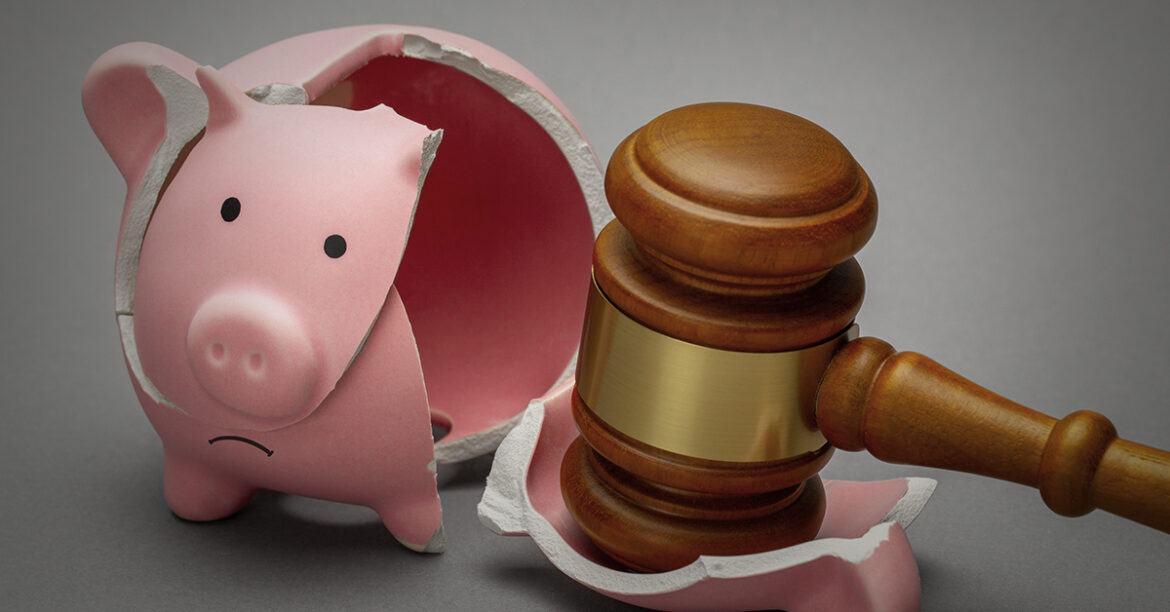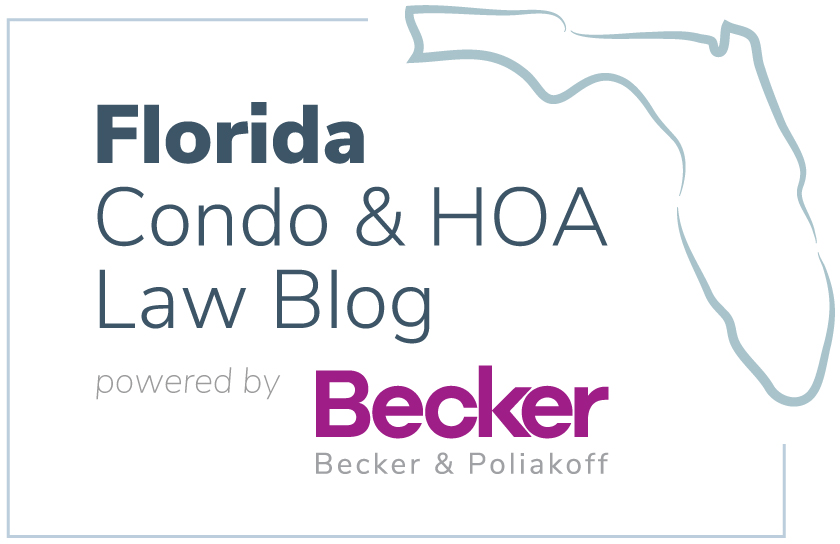
Associations generate nearly all of their funding through fees and special assessments paid by members of the shared ownership community. Some members who fall behind in their financial obligations may look to bankruptcy as a way to address their debts, so it is helpful for directors and property managers to be familiar with some of bankruptcy’s most important concepts.
- A member’s bankruptcy imposes an automatic stay that prohibits creditors, including associations, from continuing with collection activities against the bankruptcy debtor. In practice, this means that hearings and foreclosure sales, as well as sending collection letters, placing liens, enforcing suspensions for nonpayment, and sending payment reminders, must all be stopped. These activities are all “stayed” by the bankruptcy case, and willfully continuing despite a member’s bankruptcy may result in sanctions against the association.
- It is recommended that the association’s lawyer file an appearance in bankruptcy cases so that deadlines are not missed and any case dismissal or discharge is promptly communicated to the association. Members are most likely to file bankruptcy under chapters 7 or 13 of the Bankruptcy Code.
When a chapter 7 bankruptcy has been filed, the association’s attorney will typically monitor the case to:
- ensure that the association’s lien and foreclosure rights are not disturbed,
- file a claim if assets become available for distribution to creditors,
- let the association know when the case is over, and
- provide guidance as to any remaining collections rights and remedies, if any, that the association may have upon the case’s conclusion.
When a chapter 13 bankruptcy has been filed, the association’s attorney will typically:
- file the association’s claim for past due balances,
- evaluate the treatment of the association’s claim in the member’s bankruptcy reorganization plan,
- file appropriate objections to the debtor’s plan,
- respond in the event that the member attempts to strip away the association’s lien and reclassify past due balances as unsecured debt,
- have the member’s home appraised to resolve valuation claims, and/or
- ensure that disbursement payments from the chapter 13 trustee reach the association and are properly credited.
- Because Florida has very generous homestead property protections, a debtor’s Florida homestead is unlikely to be sold by a bankruptcy trustee. Similarly, a debtor’s equity in his or her Florida homestead will not need to be paid and distributed to creditors through the debtor’s chapter 13 reorganization plan. However, creditors holding mortgages or assessment liens sometimes can obtain court orders relieving them from the automatic stay so that they may pursue or resume foreclosure proceedings against the debtor’s home – regardless of whether or not it is homestead. Associations are encouraged to inquire with their attorneys to find out if and when such relief is available.
- Because of a member’s continuing financial relationship with his or her association, association claims are bifurcated into “pre-bankruptcy petition” and “post-bankruptcy petition” categories. This continuing relationship is somewhat unique, nuanced, and can be a trap for the unwary debtor or association. Importantly, associations should not try to collect post-bankruptcy charges in the ordinary course, assuming these fall outside bankruptcy protections. There are pros and cons to having post-bankruptcy petition assessments (i.e. future assessments) paid through the debtor’s reorganization plan rather than paid directly (outside of the plan), and both the treatment of these assessments and best strategy to collect them should be discussed with counsel.
It is important to remember that bankruptcy requires debtors to proceed in good faith, and the bankruptcy courts and trustees exist, in part, to ensure that creditors are treated fairly. While the bankruptcy system provides association members with an opportunity to discharge debts and obtain a financial fresh start, it generally will not provide debtors with unfair advantages over their neighbors. Therefore, it is worthwhile for an association to obtain legal advice about a member’s bankruptcy and to resist the urge to simply give up in frustration when a bankruptcy has been filed.






Recent Comments